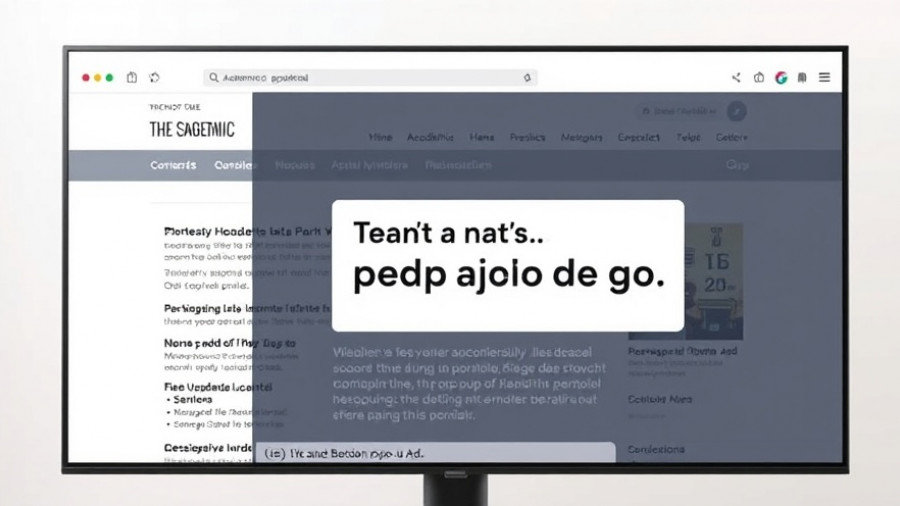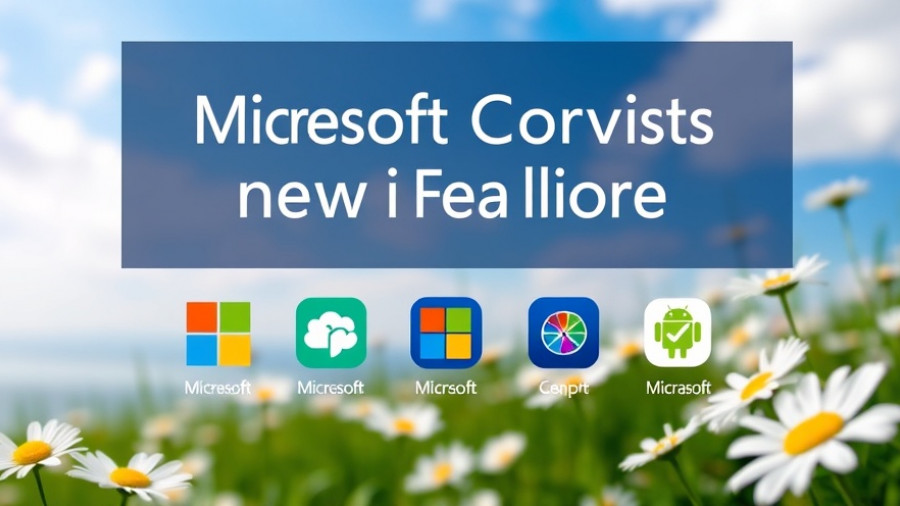
Copilot AI Struggles with Multiple Office Apps
Microsoft’s latest AI integration, Copilot, is experiencing significant functionality issues when users try to run multiple Office applications simultaneously. The issue arises from the underlying technology, WebView2, which powers Copilot’s features. According to a recent Microsoft investigation, the AI crashes if you have two or more Office apps open at once, creating a frustrating dilemma for users who depend on seamless productivity across tools like Word, Excel, and PowerPoint.
Understanding the WebView2 Dependency
WebView2 is a crucial component of many modern applications, providing a framework for web-based content. In the case of Copilot, this means that each Office app you run attempts to establish its own instance of WebView2. When you try to use, for instance, both Excel and Word at the same time, Copilot generates an error, leading to a crash and forcing you to restart all applications.
This technical hiccup highlights a larger vulnerability in the integration of AI within traditional software environments. As this technology evolves, it’s vital for developers to ensure that these applications can interface without conflict. Microsoft users are now advised to use only one Office application at a time if they intend to utilize Copilot effectively, a workaround that disrupts the workflow for many.
Microsoft Responds to User Challenges
Microsoft has acknowledged the issue in a support document, stating that they are actively investigating the root causes of these conflicts. Customers have reported multiple issues across Office features that rely on WebView2, indicating that the problem may extend beyond Copilot to other functionalities like Share and Room Finder.
Insights from tech analysts have pointed out that these emerging complications can significantly affect user retention and satisfaction with Microsoft’s productivity suite. With competition from other software providers ramping up, especially those also incorporating AI, Microsoft needs to resolve these issues promptly to maintain its customer base.
The Future of AI Integration in Office Applications
The integration of AI into productivity tools stands to transform the way we work, but incidents such as these raise critical questions about compatibility and reliability. As more companies transition to AI-supported workflows, the pressure is on technology giants like Microsoft to ensure these features are robust and fault-tolerant.
For the future, users can expect more updates and fixes from Microsoft as they address not just the current crashing issues but also the broader infrastructure problems associated with WebView2. In the meantime, they will need to adapt their usage habits when working with multiple Office apps.
Key Takeaways for Users
In conclusion, those relying on Copilot will need to adjust their expectations as Microsoft works through these technical hurdles. Key steps to managing your workflow include:
- Limit your use to a single Office app when utilizing Copilot to ensure functionality.
- Stay updated on patches and fixes that Microsoft releases, as these could alleviate the current problems.
- Consider alternative ways to accomplish tasks across different applications without initiating multiple ones at the same time.
This situation serves as a reminder of the growing pains associated with AI integration into long-standing software environments. As companies like Microsoft adapt their technologies to include AI, the hope is for smoother interoperability and a consistent enhancement of user experience.
To remain informed on the latest updates regarding these issues and the future of AI in productivity software, keep an eye on Microsoft’s official support channels and tech news outlets.
 Add Row
Add Row  Add
Add 




Write A Comment